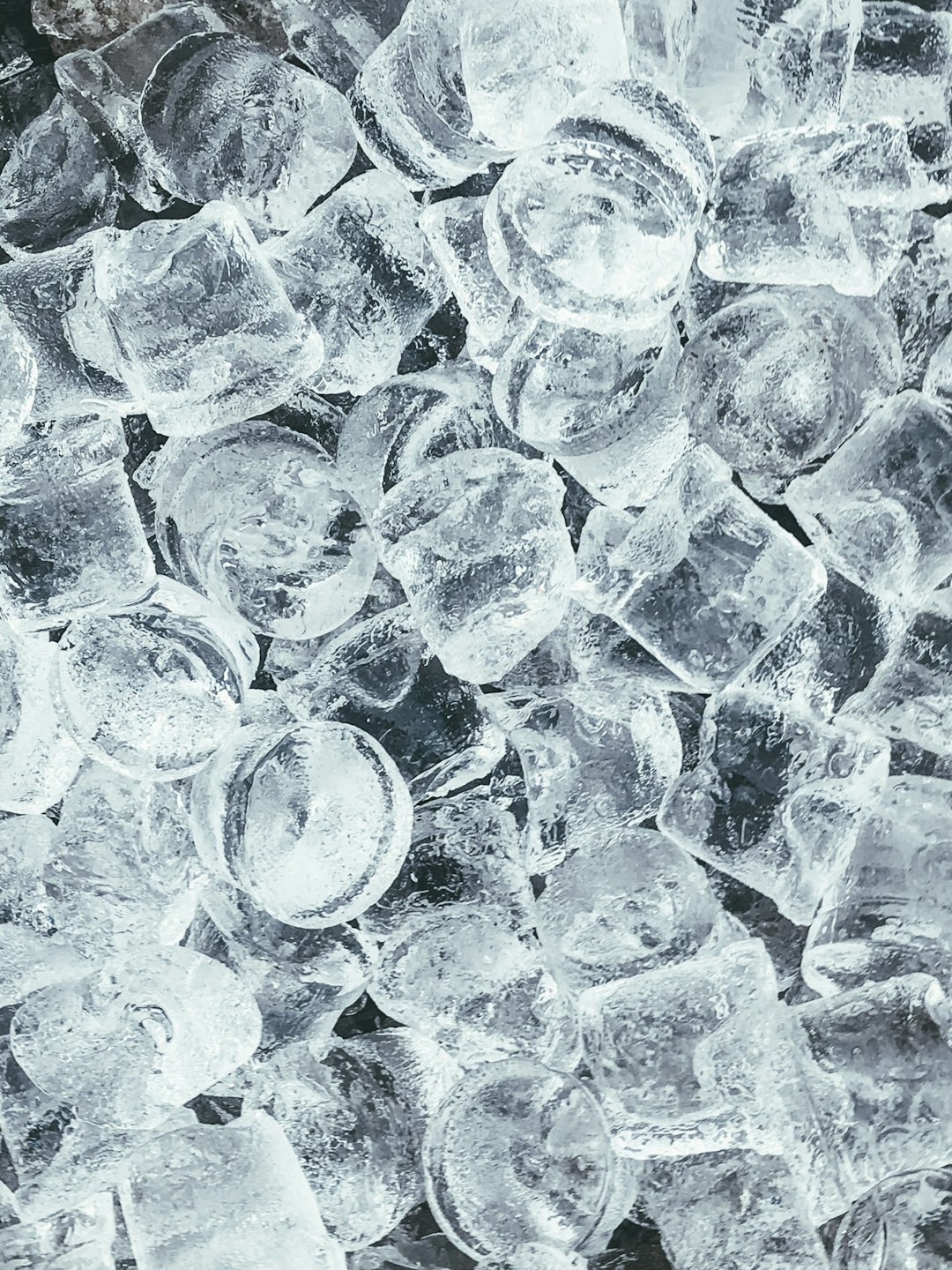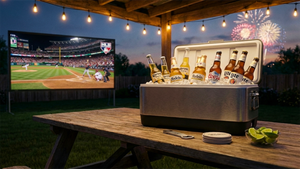 Photo from Unsplash
Photo from Unsplash
Originally Posted On: https://www.parsherald.com/ice-bath-bangkok/8729/
Submerging your unwilling body into freezing water is becoming all the rage now, but why? This article will explain what taking an ice bath is all about and, more importantly, where you can plunge into an ice bath in Bangkok.
Cold exposure and ice bathing are common for those training in endurance sports, such as cross-country skiing and long-distance running. It has been associated with improved performance and may be beneficial for preventing and alleviating the symptoms of many conditions. But does science back it?
This article will help you learn more about cold exposure in fitness, training, and health. Let’s start with the precautions so that you don’t hurt yourselves.
What not to do before cold exposure?
Before you go for cold exposure, you should avoid a few things, such as deliberate hyperventilation. It is a dangerous practice that can lead to serious health complications, including but not limited to chest pain, muscle spasms in feet and hands, and palpitations.
If you’re new to cold water therapy, starting with slightly warmer water and working your way up to colder temperatures is best. With each subsequent session, aim to increase your time in cold water by 15-30 seconds until you can tolerate the optimal time.
How much cold is sufficient for cold exposure?
There is no perfect temperature that will make everyone comfortable. It depends on the individual and what they are aiming for. Some people prefer a colder temperature to encourage them to move, while others want a lower temperature to make them feel more comfortable.
Aiming for a temperature that makes you feel genuinely cold is a good way to find the right balance for your needs. Immersion can be as short as a few minutes or as long as an hour. One study discovered that dopamine increased remarkably when people were immersed in cold water with a temperature of 60°F for an hour with only their heads above the water.
The positive effects of cold water immersion for people are also apparent in other studies. In 20 seconds, the epinephrine level in the blood can increase in extremely cold water.
So if you do intentional cold exposure often enough, you’ll get comfortable, and your body can go into lower temperature zones safely.
What is good for you: An ice bath, a cold shower, or cryo?
There are many ways to lower your core temperature and relax your muscles. Most studies use ice baths or cold water immersion, but cold showers elicit good results too.
Check out some photos of people taking an ice bath in Bangkok.
In addition, cryotherapy is often used for prolonged exposure to cold temperatures and affects inflammatory biochemical responses. It’s been shown to reduce pain, improve athletic performance, and speed recovery from injury, but it is a little expensive.
Benefits of cold exposure
Cold exposure has various physical and psychological benefits that can improve your health and performance.
Improves energy and focus
When cold exposure is deliberate and done consistently, it can cause a significant release of epinephrine and norepinephrine in the brain and body. These neurochemicals result in feeling alert and make you feel more active during the cold exposure. Since these levels stay elevated for some time and the effect remains, they can help increase your performance level when doing other mental or physical activities.
Builds resilience
People often hear the phrase “resilience and grit” used when thinking about how to be emotionally intelligent or find meaning in their lives. Resilience refers to an ability to deal with difficult situations and maintain a mindset; grit refers to perseverance, work ethic, and focus. People who use cold exposure to cope with stress see increased focus and self-control.
Uplifts your mood
Not every kind of stress or strain on the body releases dopamine. Dopamine is a powerful molecule that can cause an elevation in mood, energy, focus—the list goes on and on. Even short periods of cold exposure can trigger the release of these chemicals, which can cause sustained relief with lasting benefits and effects.
Improves metabolism
The many benefits of exposing yourself to cold temperatures are short-term and long-term. In the short term, your body will burn more calories as it tries to increase its core temperature. Additionally, exposure to cold temperatures can help reduce inflammation throughout the body. In the long term, regular exposure to cold temperatures can lead to even more significant increases in metabolism as your body adapts and becomes better at producing heat. This is primarily due to the conversion of white fat into beige or brown.
The Scientific Evidence
Research on the benefits of cold exposure is ongoing, but some evidence suggests that it can benefit health.
11-Minute Protocol
Cold exposure is a readily accepted treatment for improving health and wellness, but you can skip long sessions to reap the benefits. A study examined various effects and found that an 11-minute protocol per week (2-4 sessions lasting 1-5 mins) was consistent across all the benefits. However, the water temperature should make you uncomfortable but safe to stay in for a few minutes. That is why this is the minimum length of time you should do cold exposure because the benefits will last a while. You can also do very short exposures for adrenaline release, but this should still be at least 11 minutes per week.
The Huberman Lab “Counting Walls” Approach
Cold exposure can trigger various responses, but one of the most common is “getting in” to the cold. When your mind feels that it needs to fight this sentiment and change, you’re thinking about why it’s fighting for you instead of trying to escape from being in the cold. Remember that its adrenaline sparks this physical response, eventually becoming the adaptive response.
Winning your cold tolerance game requires top-down self-control. Challenge yourself by learning to control the reflexive urge to exit the hyperthermic state and set a goal of “walls” to traverse. For example, you could count walls and attempt to cross five during your next round of cold exposure.
The whole point of the walls approach is to keep yourself away from stress. Time-based meditations can help with this for some people, but you’d do best by trying your way to block out noise and create a calm, peaceful environment.
Check his website here – Huberman Lab
The Soeberg Principle and Shivering
You may consider the Søeberg Principle based on cold research and PhD. Dr Susanna Søeberg‘s idea of: “End With Cold.” It’s her theory that the body’s metabolism is enhanced when it’s forced to remain cold or the act of “end with cold.”
In addition, shivering is also said to have a thermogenic effect on brown adipose tissue and stimulate the release of open chain succinate from muscle cells into the blood plasma. If you expose your body to cold, your body needs to produce heat, and shivering is necessary.
Try this protocol if you feel like you’re not making enough heat.
It’s best not to cross your arms to stay warm in cold conditions. Also, don’t towel off as you often. Let your body heat up and dry off naturally instead.
Recovery from cold exposure
Several studies have shown cold exposure to be beneficial for performance recovery. Mainly 5-15 minutes in 10-15 °C water for athletes is particularly effective at accelerating recovery.
The review and meta-analysis of cold-water immersion for short intervals (say 5 minutes) in high-intensity and endurance training showed gains in recovery. Results showed improved muscle power, perceived recovery, and reduced muscle soreness due to decreased circulating creatine kinase levels.
However, cold exposure within 4 hours provides lesser endurance, hypertrophy, or strength benefits. At the same time, most people recover faster by finishing their cool-down after training. However, you may do it earlier if you’re only interested in recovering (without making gains).
What is the right time for cold exposure?
After a cold shower, your body temperature will rise. This awakens you, whereas lower body temperatures may make you sleepy. Try using cold exposure early in the day and not too close to bedtime. Sometimes it’s better to do it earlier in the day or not at all.
How to increase resilience during deliberate cold exposure?
When cold water surrounds you, staying entirely still can allow for an efficient thermal layer to cover your body. This will keep you insulated and allow for the same comfort as if you had not moved a muscle. But this strategy won’t be as effective.
Move your arms and legs and break up the thermal layer. Doing this will also allow you to experience an intense cold stimulus without making the water colder than usual.
It’s like going slow with a weight lift or taking away momentum to achieve more tension.
Ice Bath in Bangkok
There’s only one location you can partake in proper cold exposure and ice baths in Bangkok. Simply the best place is at the Breath Inspired studio in Thonglor Bangkok.
Kam Waritsara founded Breath Inspired, the world’s only Thai Wim Hof Method certified instructor. She is the best instructor for guidance when plunging your body into freezing water.
Breath Inspired also offer Yoga, different types of breathwork and the Wim Hof Method courses.
They have written a blog post covering all the locations for Ice Baths in Thailand.
Summing up
Conditioning your body to experience colder temperatures has a wide range of benefits that go beyond improving your health and performance. Exposure to cold water will help improve your immune system, increase your ability to burn fat and reduce inflammation throughout the body.
So, if you’re looking for ways to improve your overall wellness and performance, try cold exposure!





